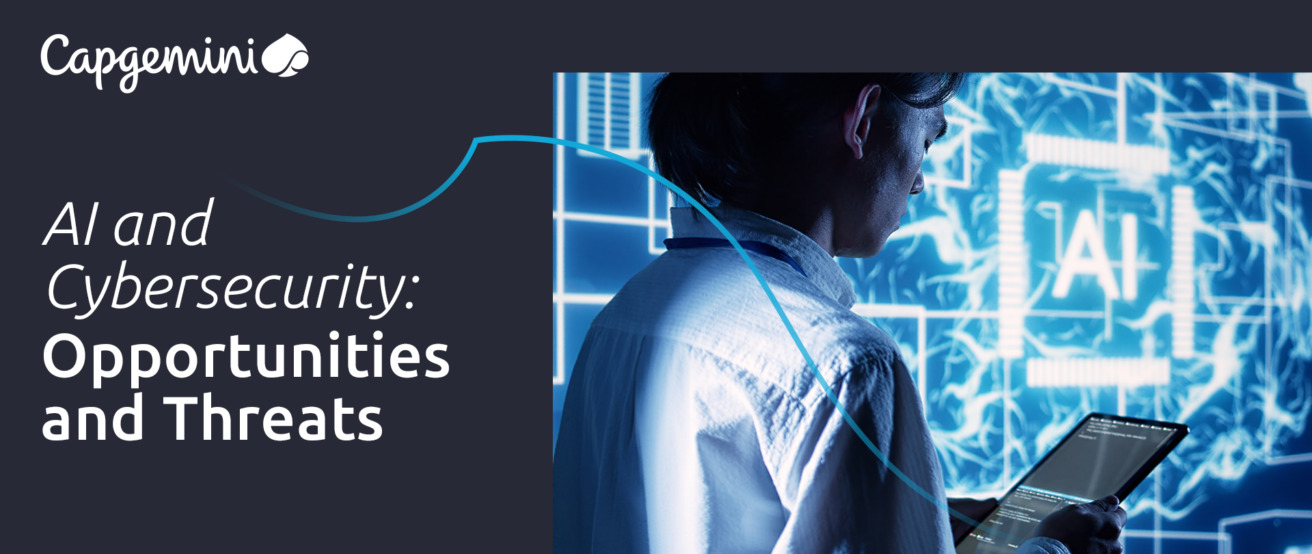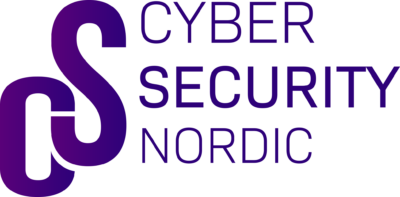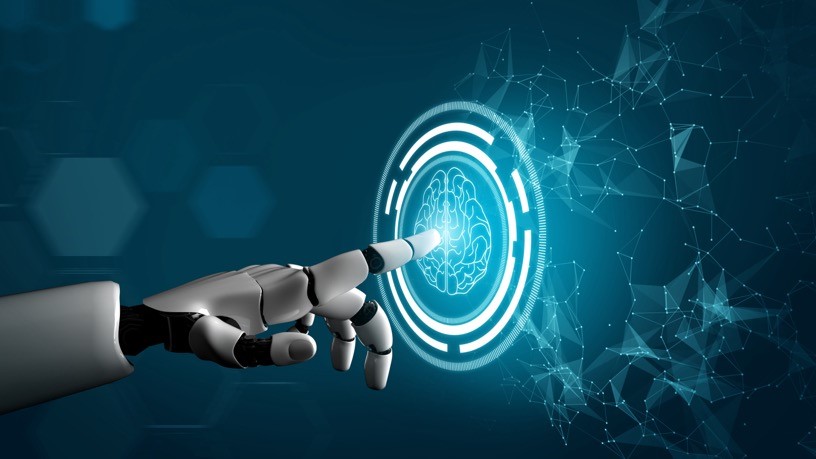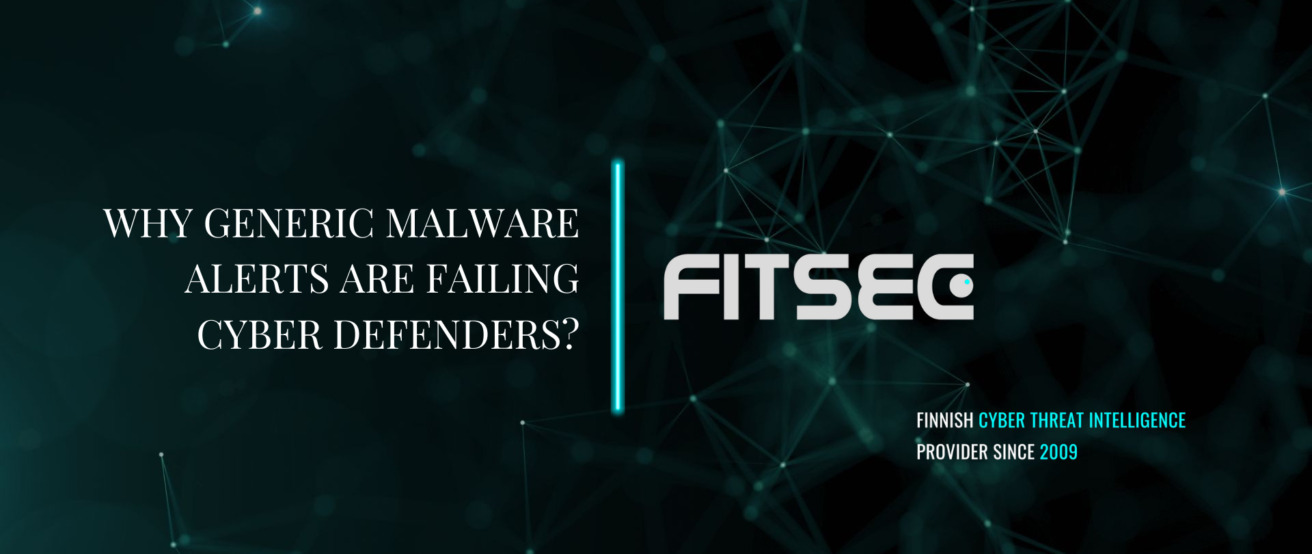AI and Cybersecurity: Opportunities and Threats


The rapid evolution of technology has introduced both remarkable opportunities and sophisticated threats in the realm of cybersecurity. Artificial Intelligence (AI) stands at the forefront of this transformation, offering potential tools to combat cyber threats while simultaneously presenting new challenges. This blog explores the dual-edged sword of AI in cybersecurity, examining the opportunities it affords and the threats it poses.
Opportunities of AI in Cybersecurity
Enhanced Threat Detection
AI excels in processing vast amounts of data swiftly and accurately. This capability enables AI-driven systems to detect anomalies and potential threats in real-time, significantly reducing the time it takes to identify and respond to cyber-attacks. Machine learning algorithms analyze patterns and behaviors, learning from each interaction to improve their accuracy over time. This proactive approach can prevent breaches before they occur, safeguarding sensitive information and maintaining the integrity of networks.
Automated Response and Recovery
One of the most promising applications of AI in cybersecurity is its ability to automate response and recovery processes. When a threat is detected, AI systems can initiate predefined protocols to contain and mitigate the impact of the attack. This not only minimizes downtime but also ensures a swift return to normal operations. Automated systems can also assist in the forensic analysis of attacks, providing valuable insights into their origins and methodologies.
Challenges and threats of AI in Cybersecurity
Today, around 85% of organizations use AI code-generation tools, though 80% have concerns about AI security risks such as content anomalies, inadequate data protection, and code hallucinations. Many AI risk management frameworks have emerged to address these concerns, such as the one recently published by NIST.
This year the EU adopted the AI Act, which in its risk-based approach aims to:
- Ensure that AI systems placed on the EU market are safe and respect existing laws on fundamental rights and values.
- Create a favorable environment for AI innovation and investment within the EU.
- Enhance governance and effective enforcement of existing laws on fundamental rights and safety.
- Facilitate the development of a single market for lawful, safe, and trustworthy AI applications.
The AI Act also includes significant for penalties and sanctions to deter non-compliance.
Despite these efforts, practical advice for CISOs on managing AI risks remains sparse. The rapid development of AI technologies, unlike traditional software, presents unique challenges. AI engineers, under pressure to deploy new models quickly, may not fully understand the associated risks. CISOs must collaborate with these teams to ensure secure deployments while maintaining robust traditional cybersecurity risk management programs.
Experts stress the importance of integrating strong security measures at the outset of AI development, a practice not commonly seen with previous technologies. The foundational elements of classical security – such as privileged access management, network boundaries, and software inventory – remain crucial. CISOs need to stay informed about the evolving AI threat landscape and ensure their organizations are prepared for the rapid advancements in AI.
Ultimately, while the AI ecosystem is still maturing, the best approach for CISOs is to learn continuously and apply foundational cybersecurity practices to manage the emerging risks effectively.
AI also introduces other risks, such as:
(a) Adversarial attacks, involving manipulation of AI systems to produce incorrect outputs,
(b) AI-driven malware is designed to adapt and evolve, making it harder to detect and eradicate
(c) Privacy concerns caused by the fact that AI systems often require access to vast amounts of data to function effectively, and collection and storage of sensitive information can create attractive targets for cybercriminals.
Conclusion
The integration of AI in cybersecurity presents a complex landscape of opportunities and threats. While AI-driven systems offer enhanced threat detection, automated responses, and advanced threat intelligence, they also introduce risks such as adversarial attacks, AI-driven malware, and privacy concerns. To harness the full potential of AI in cybersecurity, it is essential to adopt a balanced approach that leverages its strengths while addressing its vulnerabilities. By doing so, organizations can stay ahead of cyber threats and protect their digital assets in an increasingly connected world.
To learn more about the topic, see Capgemini Research Institute’s report, Reinventing Cybersecurity with Artificial Intelligence, where we surveyed 850 senior executives from IT Information Security, Cybersecurity and IT Operations in seven sectors across 10 countries and spoke in-depth with industry experts and academics. We also analyzed 20 use cases of AI in cybersecurity spread across IT, OT, and IoT.




